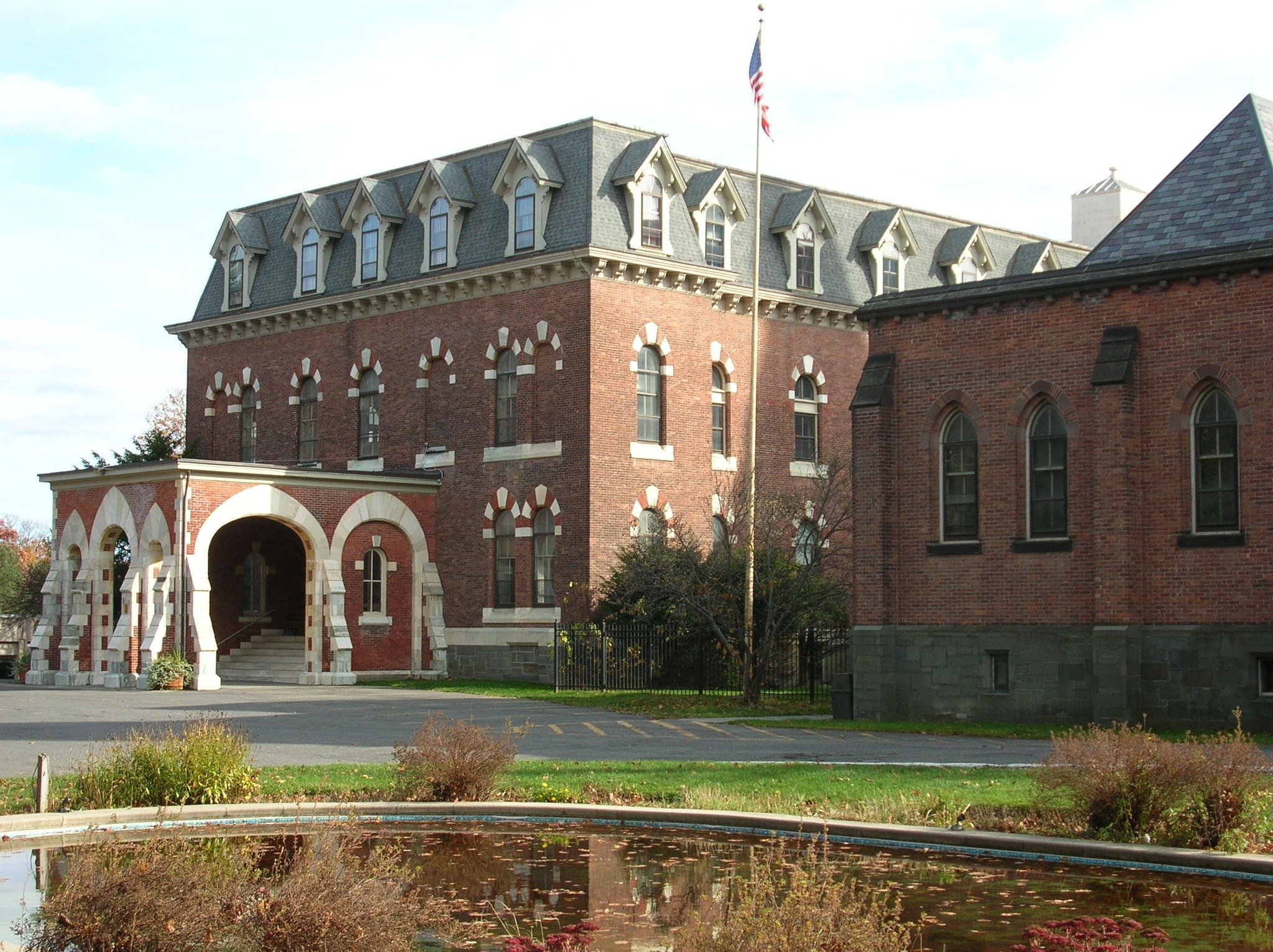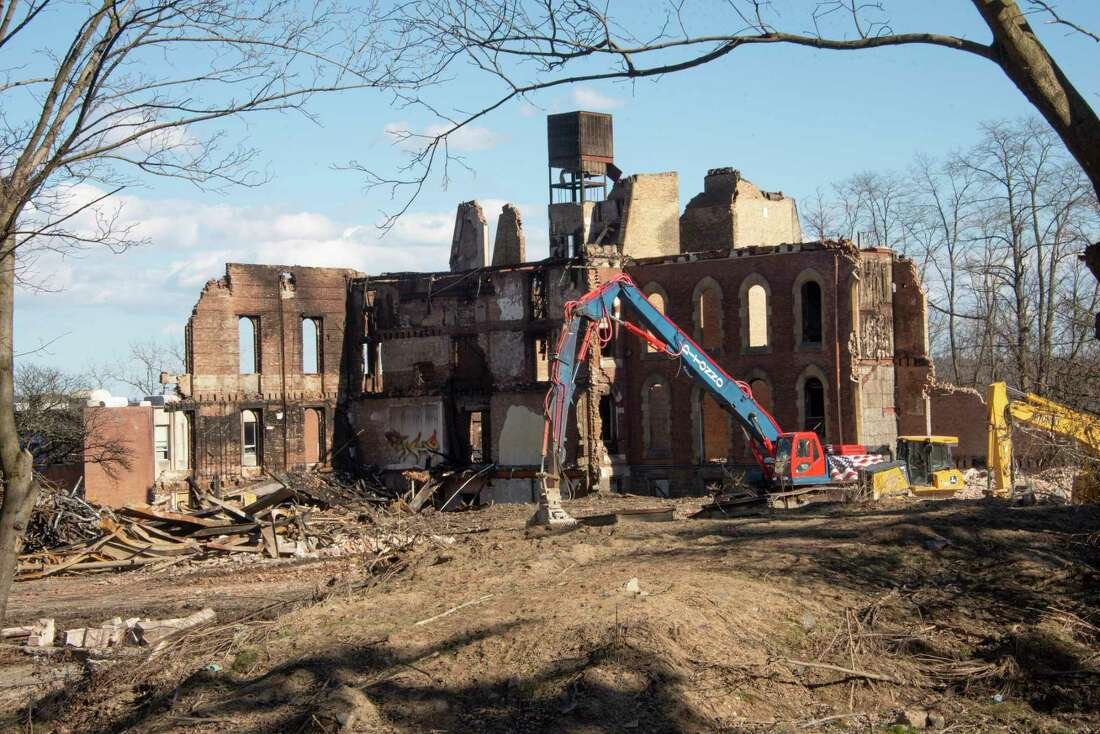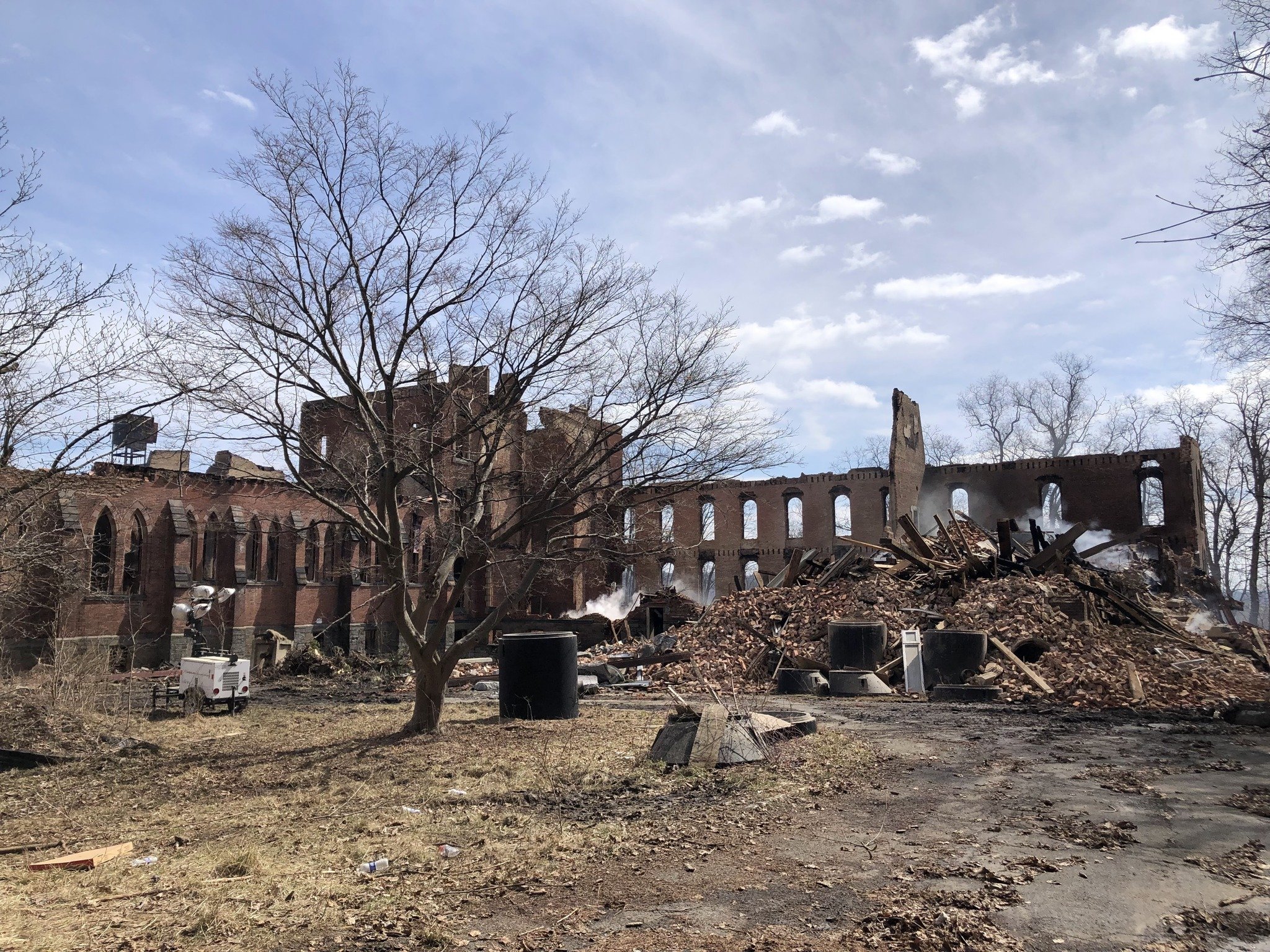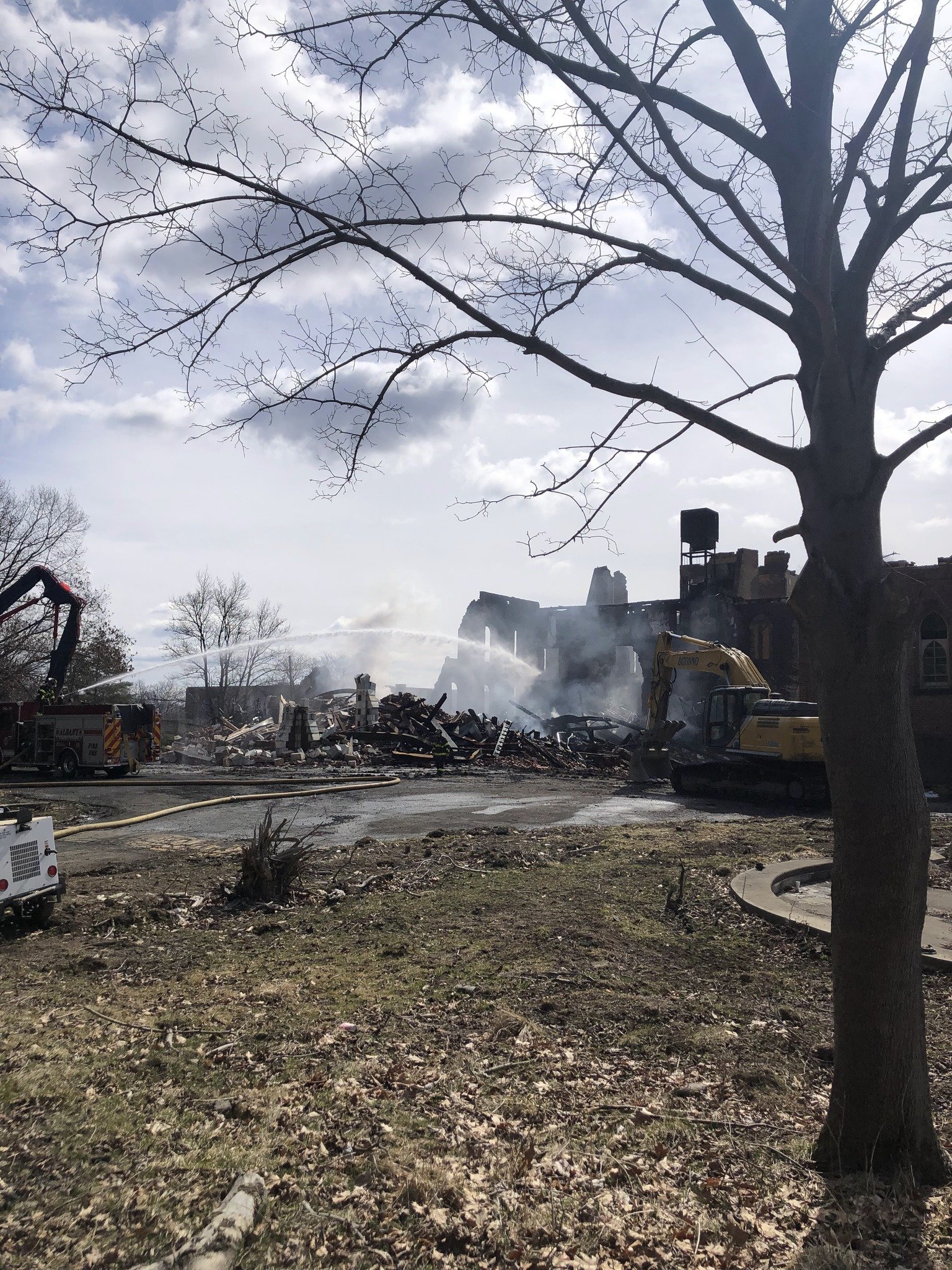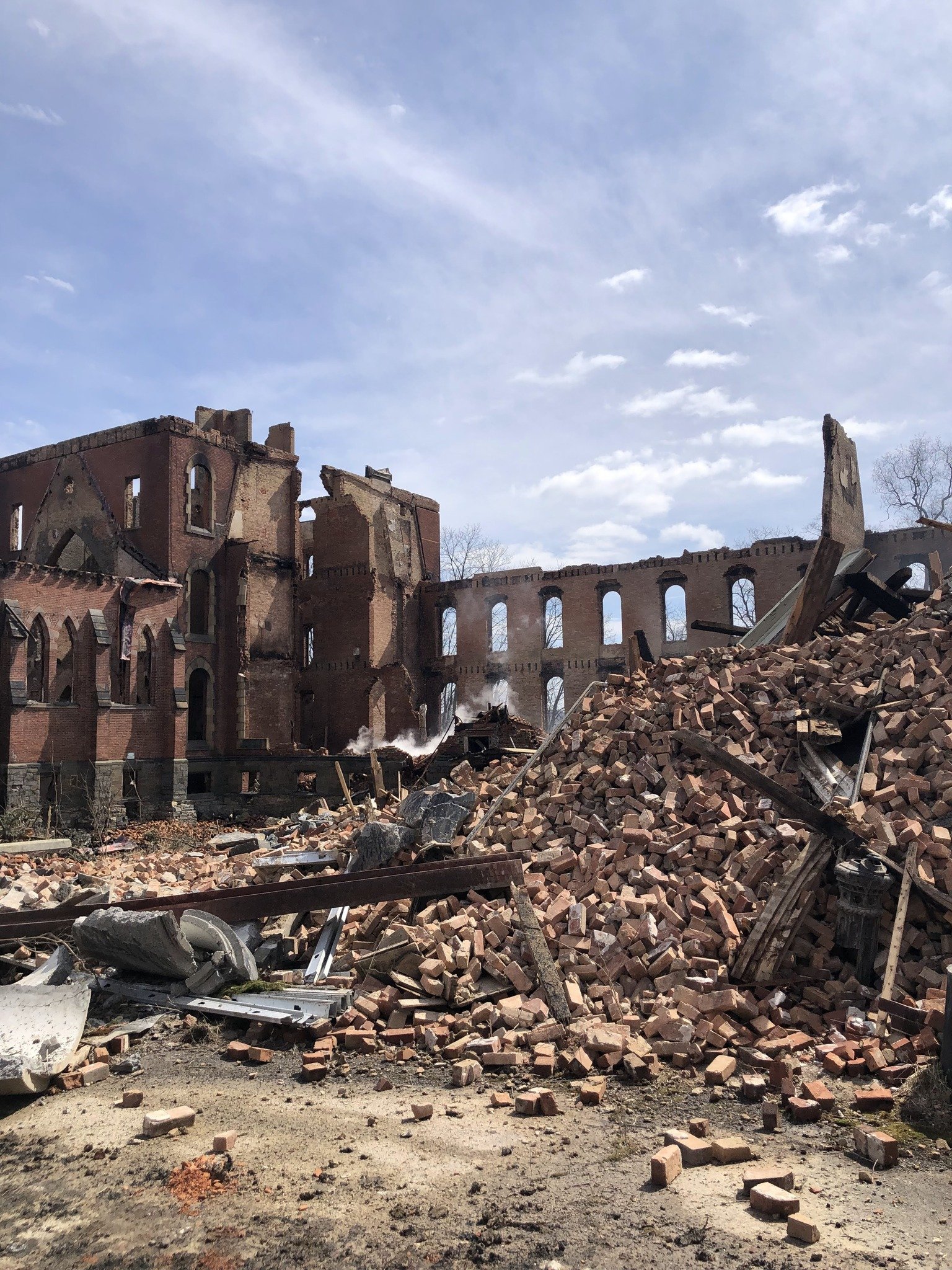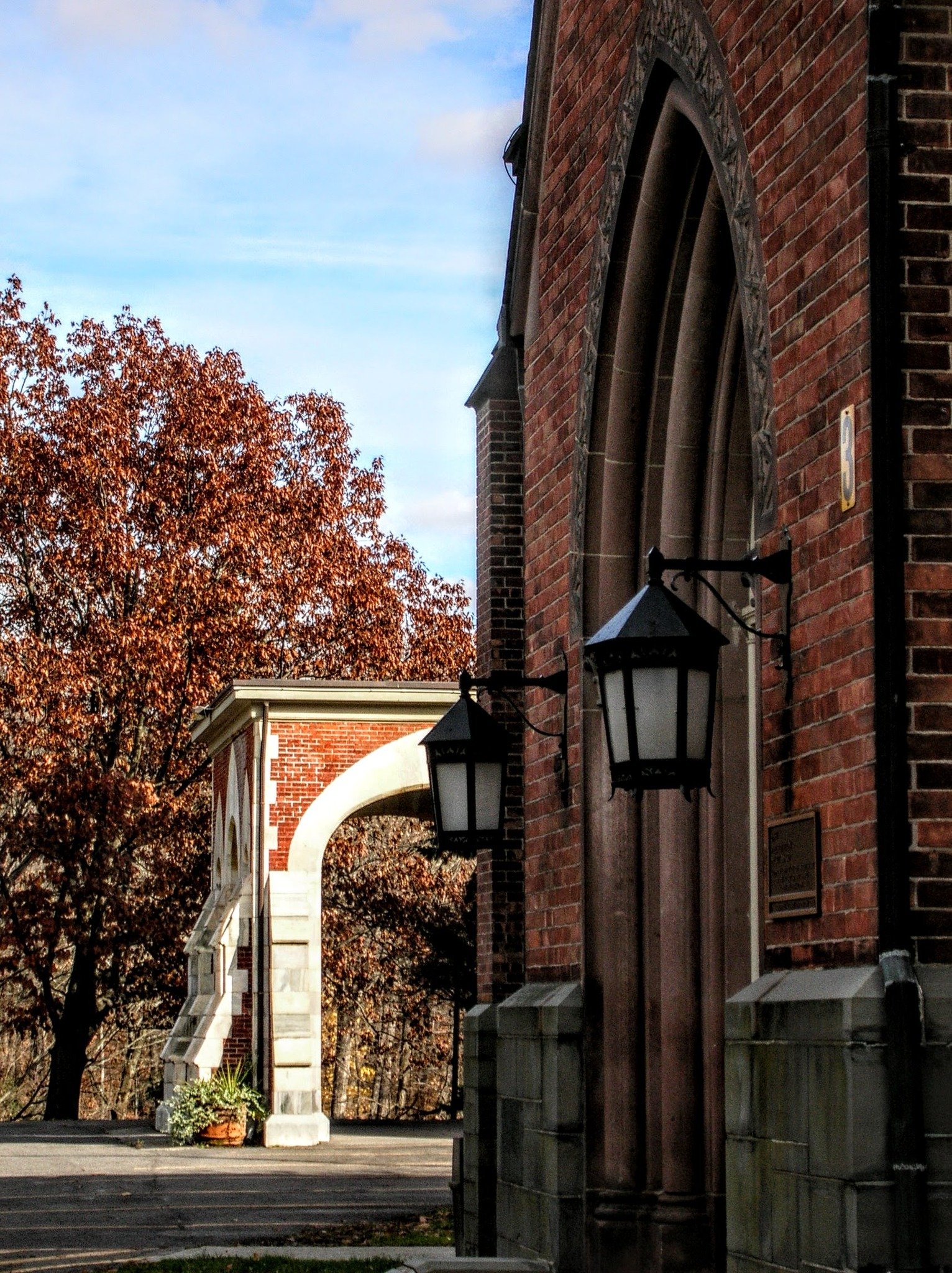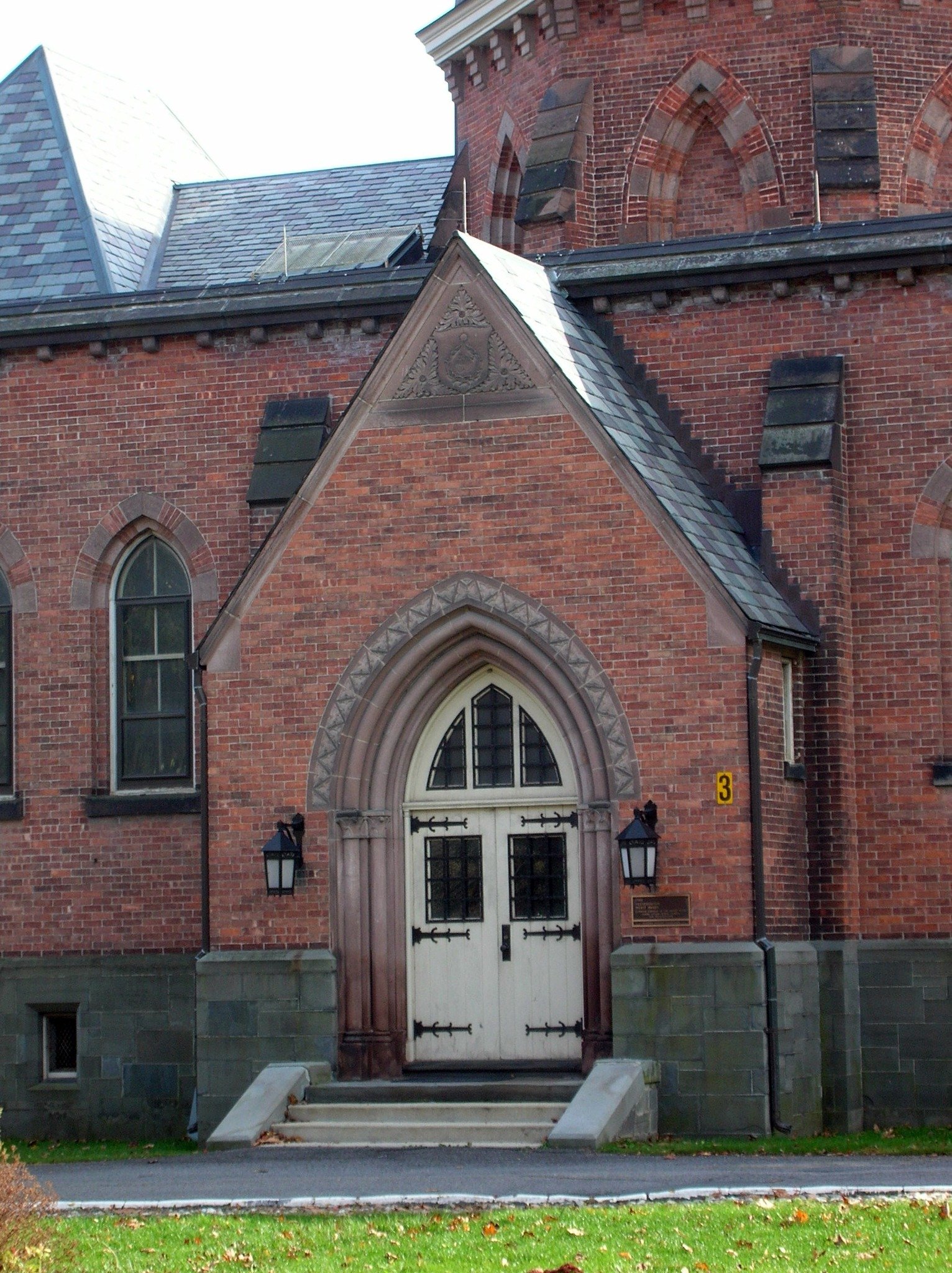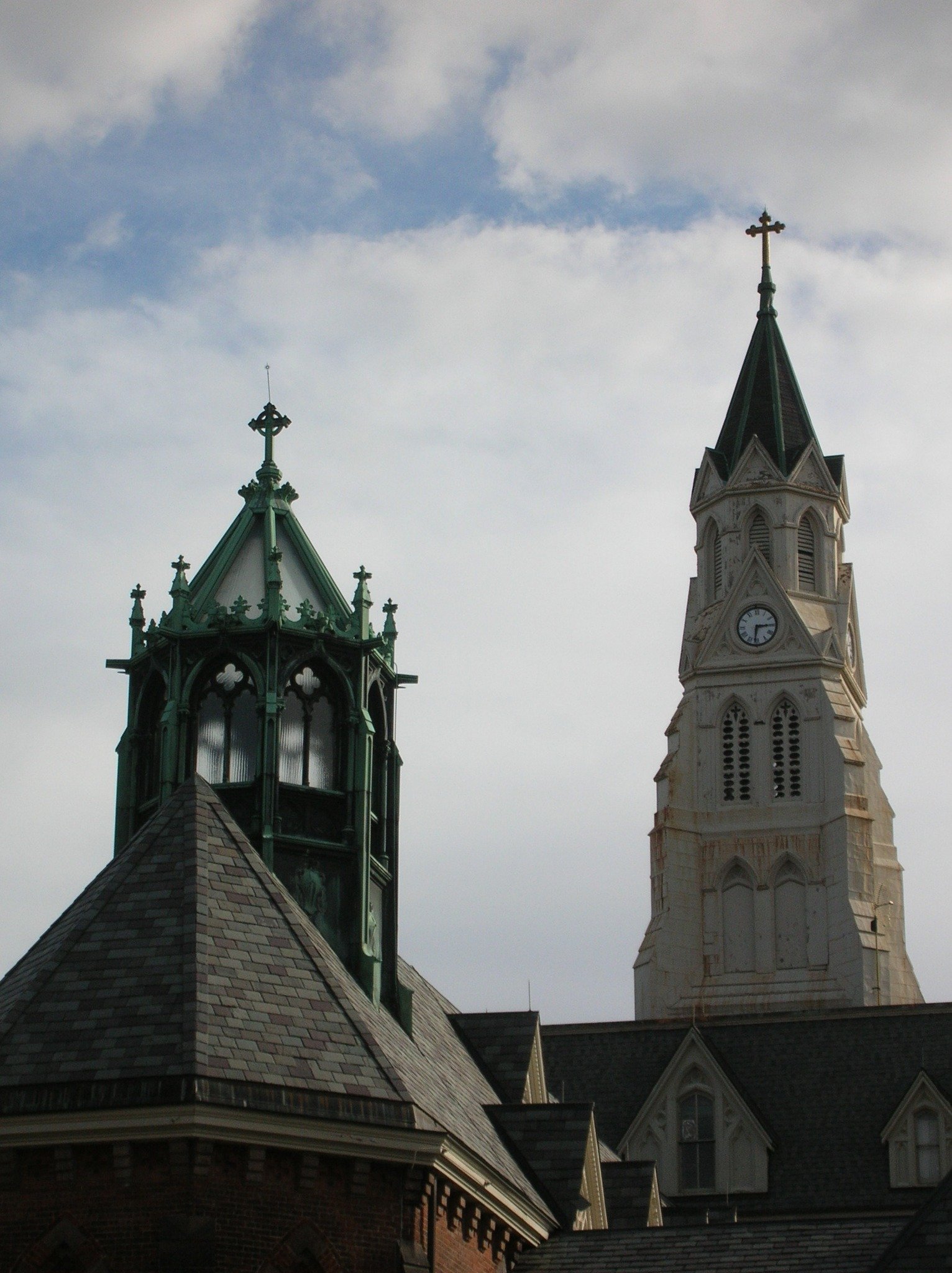Kenwood FAQs
/Why didn't HAF list the building(s)?
Individual Listing
For individual listings, the owner of the property must consent to listing on the National Register of Historic Places. Historic Albany encouraged the Society of the Sacred Heart to list the property so it was eligible for the NYS and Federal Rehabilitation Tax Credits. However, they were not receptive and would not consent to the listing.
Local Listing
Local listing does not require owner consent, however, the owner is able to comment either for or against the listing at the public hearings before the Historic Resources Commission and the Common Council, which ultimately approves all local listings. There is an established precedent that local listings with owner opposition have not gone forward to become local landmarks or historic districts. Local listing provides the most protection for a historic property, requiring anything done to the exterior of the building that is visible from the public right of way to receive a Certificate of Appropriateness from the Historic Resources Commission.
In 2019 Historic Albany discussed local listing with the City of Albany Planning Department. The listing did not proceed as only a portion of the steeple for the main building and gatekeeper’s cottage on South Pearl Street was visible from a public right of way. The road connecting South Pearl and Route 9 is a private road and does not constitute a public right of way. Historic Albany Foundation explored conservation districts to see if this could be an avenue that provided protection in lieu of historic district listing. There were no precedents or examples that Historic Albany Foundation could identify that could be used as a model for a conservation district on the property.
What does listing mean?
Individual Listing
Listing on the National Register of Historic Places is mostly honorary. Listing on the National Register of Historic Places cannot stop a private owner from demolishing or doing something inappropriate to their building. National Register listing DOES make the building eligible for the Federal and NYS Rehabilitation Tax Credits (NYS also requires the building(s) to be in a qualifying census tract). National Register listing DOES trigger review by the State Historic Preservation Office for any alterations to the building inside and out, including demolition, for any alterations that utilize state or federal funding. National Register listing and determinations of eligibility DO make redevelopment actions a Type 1 action for State Environmental Quality Review (SEQR), meaning that any developer for the property would have to complete a full environmental review assessment which would be submitted to the Planning Board to determine if there would be an adverse effect to the historic resource.
Local Listing
Listing as a local historic district means that any work being done on a property that is visible from the public right of way must have a Certificate of Appropriateness from the Historic Resources Commission (HRC). The HRC reviews all demolition applications for properties in local historic districts. The Planning Board reviews all demolition applications for properties not in local historic districts within the City of Albany.
Emergency demolitions do not fall under the purview of any regulatory board.
Who pays to list the process and how much does it cost?
There is no fee to list a property on the National Register of Historic Places, HOWEVER, a detailed nomination would need to be compiled, which is often the work of skilled consultants. A consultant can be hired to do a nomination by the owner or a third party. HOWEVER, if a third party pays for and submits a National Register nomination for an individual landmark, the owner MUST consent to listing as a part of the process. If the nomination is for a historic district, there cannot be opposition to the district from more than 50% of the owners of the properties within the district.
Costs for nominations vary depending on the size of the property, number of buildings, amount of research done, the amount of research needed to be done, etc. A nomination for a single, well-documented house may be a few thousand dollars. A nomination for large property with multiple buildings covering multiple periods of significance and a historic landscape can easily cost tens of thousands.
Who will pay for the demolition of Kenwood?
The owner of the property is billed in the case of emergency demolition. In this case, the owner on record, when determined, will be billed. If this goes unpaid at the end of the calendar year, the unpaid bill will become a lien on the property and go on the tax bill. If this goes unpaid, the property can end up in tax foreclosure with Albany County.
Who's responsible for this?
There are many parties that can claim a piece of the responsibility for the situation created at the Kenwood Estate/former Doane Stuart Campus - primarily Kenwood Commons LLC is responsible for the current deterioration of the building under their ownership.
Will we be salvaging from any of the buildings?
The mid-nineteenth century E-shaped building has been completely lost. However, the gatekeeper’s lodge and gardeners’ cottage from the original A.J. Davis designed estate (Kenwood), a mid-nineteenth century carriage house, an early 20th-century cobblestone smokehouse, an early 20th-century building, and mid-1970s building do remain. No plans for their demolition have been made. The original landscape designed by A. J. Downing for the Rathbone’s Kenwood estate is also intact. Doane Stuart alumni are working on salvaging bricks to share amongst former students.
What will happen to the other complex/land now?
The future of the land is undetermined as yet, but for HAFs next steps, see question 10.
Who owns the building now?
As of Friday, March 31, 2023, the entire property is still under the ownership of Kenwood Commons LLC.
If a building is owned privately, can the city do anything about neglectful owners?
The city can cite the owner for code violations for the building’s condition when violations are observed through inspections, being out and about, or from being reported on platforms like See Click Fix. If the owner does not correct the cited issues, the case is sent to codes court. The codes court process takes approximately one year to be heard. In that time, the violations continue to go uncorrected. Once the case is heard, the owners may be fined and ordered to correct the violations. This does not ensure that the violations are corrected.
If taxes, and/or water bills are not paid, the county can begin the foreclosure process. This process takes multiple years and does not have any effect on the building’s maintenance during this time. Once foreclosed on, most buildings are transferred to the Albany County Land Bank to be processed and put up for sale.
What are the next steps for HAF?
HAF is working to create a task force with the City of Albany to identify, improve, and implement proactive solutions to stop buildings from getting into a vacant and/or deteriorated condition. We are also looking at the current vacant buildings to see what approaches can be effective in the many different situations that exist among them.
What can I do to support the preservation of buildings like Kenwood?
Support the local listing nominations at public hearings for the Historic Resources Commission and Common Council. You can also report any code violations you see to the city and call Historic Albany Foundation (518 465 0876) if you see any worrying things happening to vacant/historic buildings.

